Wandering Jew Propagation
Among the spectacular foliage dazzling indoor spaces, few houseplants match the vibrant charm and resilience of Wandering Jew. Known scientifically as Tradescantia zebrina, its purple leaves traced with pink pinstripes captivate collectors while its hardy nature makes propagation incredibly straightforward for multiplying specimens. I have explored various techniques for nurturing new Wandering Jew Propagation from parent specimens alongside care insight empowering propagation success and understanding that can wandering jew live in water forever.
I begin by surveying key background on Tradescantia zebrina’s versatile growing habits and its controversy-laden common name. Next, I explained different propagation methods , spanning water, soil and specialized node pinning approaches. My step-by-step guides lead through best practices before addressing common challenges. Finally, I have provided optimal care guidance after rooting covers lighting, watering, soil selection and more for transitioning tender new propagules into established, healthy houseplants that will propagate again in time, completing the cyclical journey.
Tradescantia Zebrina
Tradescantia zebrina falls under the diverse Spiderwort genus containing over 60 species of perennial sub-succulent trailing plants decorated by slender arching leaves. T. zebrina stands out for its oval purple foliage marked by distinctive pink pinstripes that earned its previous “Wandering Jew” moniker. Other varieties showcase alternative hues like silvery green leaves.
Native to Central America and Mexico, zebrina adapts well as an evergreen houseplant even in temperate indoor conditions. Given its sensitivity to cold, outdoor cultivation works only seasonally in frost-free climates. Trailing or scrambling growth habits allow flexible decorative applications from hanging pots to trailing desk accents. When regularly pruned, zebrina propagates readily from cuttings.
Propagate Wandering Jew
Propagating enables houseplant collectors to multiply special specimens like Wandering Jew for expandable collections or sharing. It also offers a rewarding journey into indoor gardening fundamentals. Learning to nurture my favorite plant from new roots to maturity builds confidence and skills for tackling more species. Propagation helps prune overgrown zebrina while generating fresh young plants revitalizing displays. It also allows me in managing zebrina’s rapid spreading growth habit which enables its invasive tendencies outdoors in certain regions. Through propagation, I gain enriching hands-on experience while conscientious collectors help curb environmental issues regarding particular species.
Propagating additionally facilitates replacing an inherited common name considered offensive by some with newer alternatives like “Wandering Dude” or simply “Inch Plant.” This allows appreciating the plant’s beauty divorced from this one aspect of associated historical baggage.
Methods for Propagating Wandering Jew
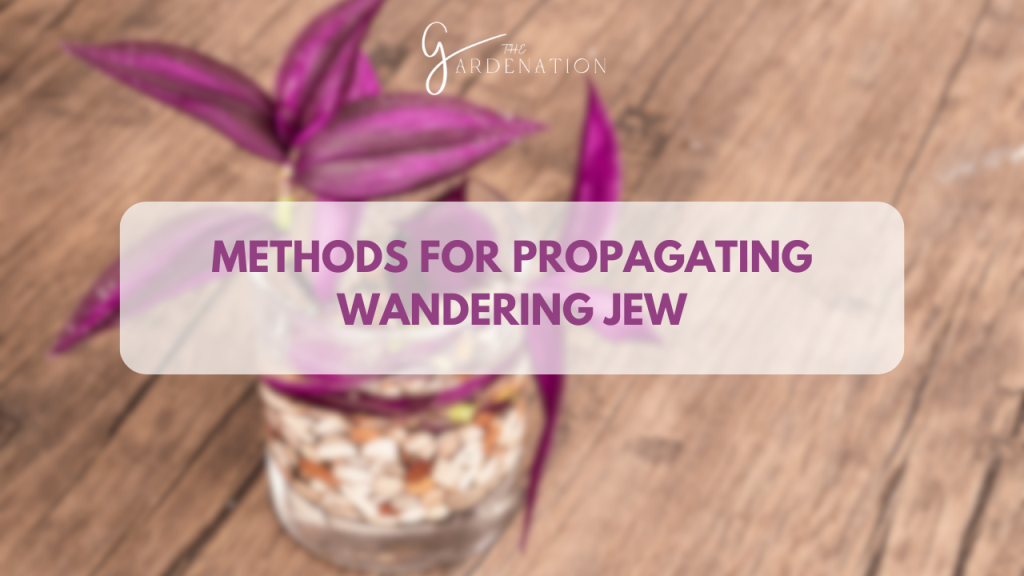
Thankfully for zebrina aficionados, many propagation routes successfully generate lush new specimens relatively easily. Cuttings rooted in water manifest visible growth rapidly, whereas soil rooting proceeds slower beneath the surface before emerging later. Both methods work provided optimal care conditions support the delicate transition from cut stem to anchoring new plant. Additionally, I try pinning and training established zebrina stems to boost potential bushy and trailing forms.
For more information about Kitchen Garden you can visit: Tomatillo Companion Plants
Water Propagation
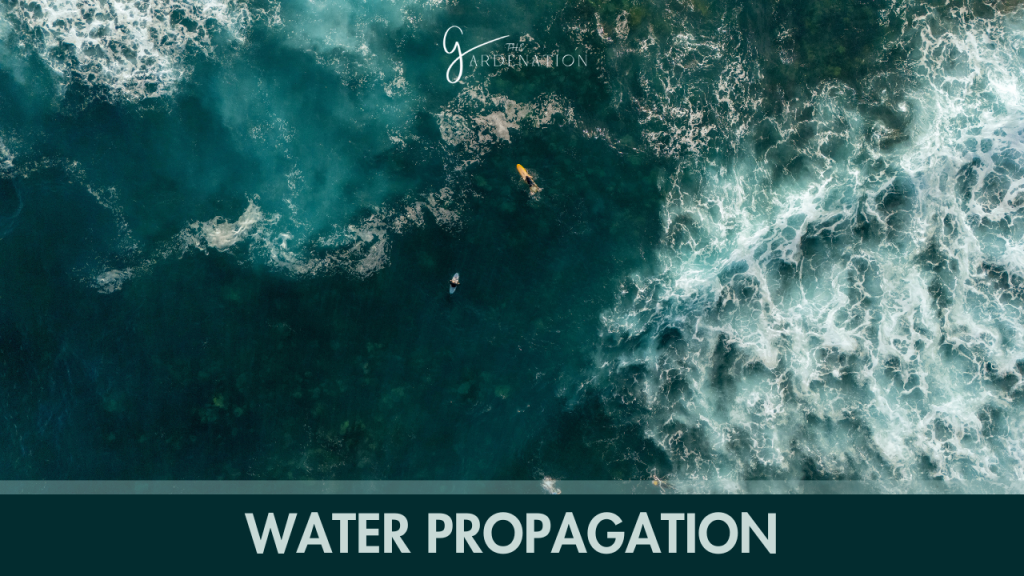
Snipping 3-6 inch zebrina stem tips just below leaf nodes allows me to place cuttings immediately in clean water without any rooting hormone additive. Glass containers allow viewing subtle root nubbins forming within two weeks when kept in consistent 70-80°F warmth and indirect light. I change water weekly to prevent bacteria compromising fledgling plants. Once vigorous roots reach 2+ inches in length, I pot up plants or retain attractive water accents.
Soil Propagation
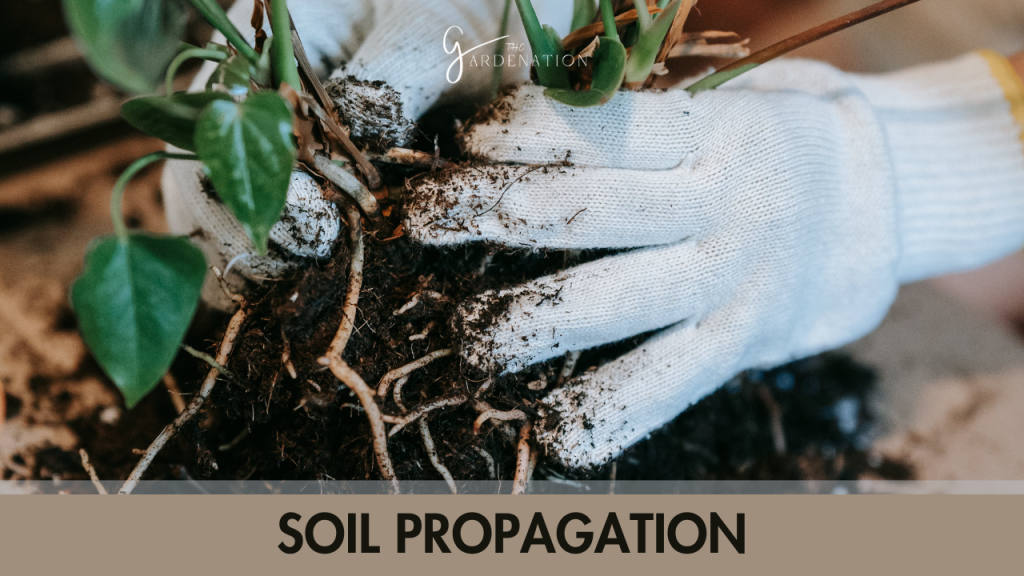
Well-draining cactus/orchid mix or commercial propagation formulas help zebrina root effectively when stem node cuttings sit just beneath the soil surface. I try to provide consistent warmth and humidity which accelerates growth after 3-4 weeks. I avoid overwatering delicate new plants lacking robust root structures initially. Once established, I transplant into containers or garden beds for spreading groundcover impact.
Pinning for Fullness
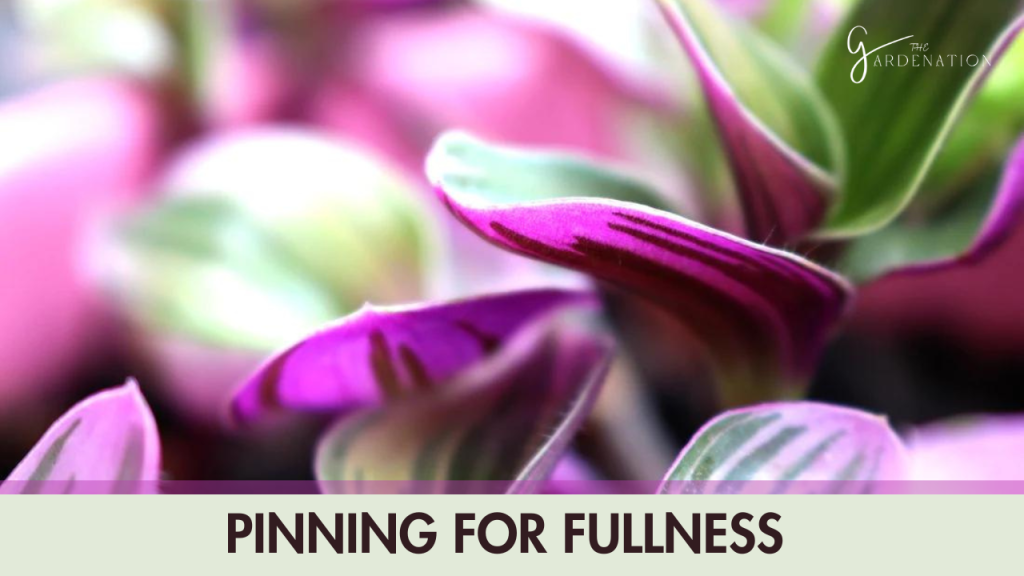
To boost plant bushiness and trailing capacity, I carefully bend and pin zebrina stems still attached to the original plant onto the soil surface using bent paperclips or U-shaped pieces of wire. Nodes touching soil generate new roots, creating the potential for separate plants which can later be snipped and transplanted once growing independently.
Step-By-Step Wandering Jew Propagation
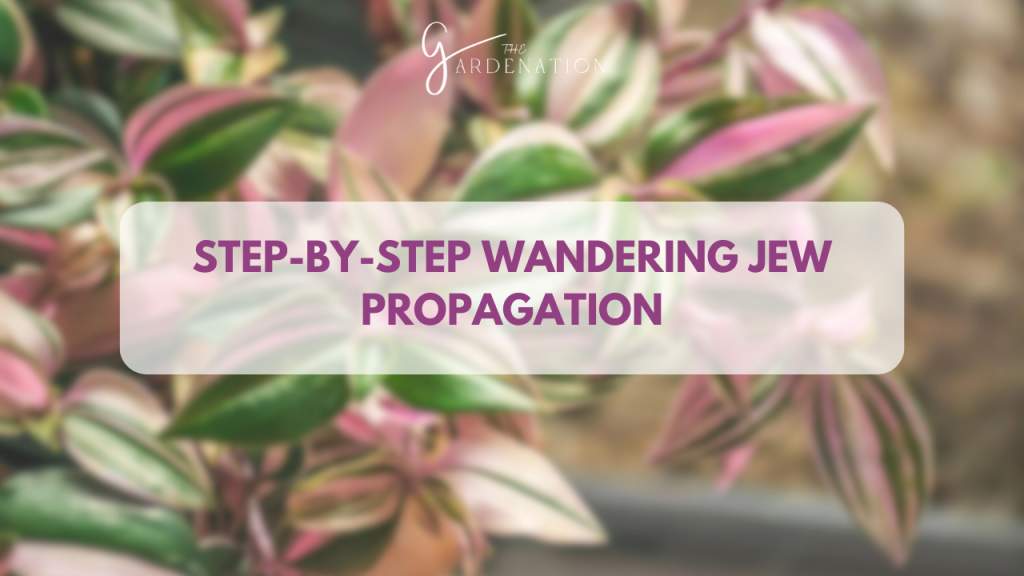
Follow these key steps for propagating success:
Select Healthy Parent Plant
I choose specimens with vibrant foliage lacking pest, disease or cultural issues to provide the best source material. I sterilize cutting tools in diluted bleach before use.
Identify Leaf Nodes on Stems
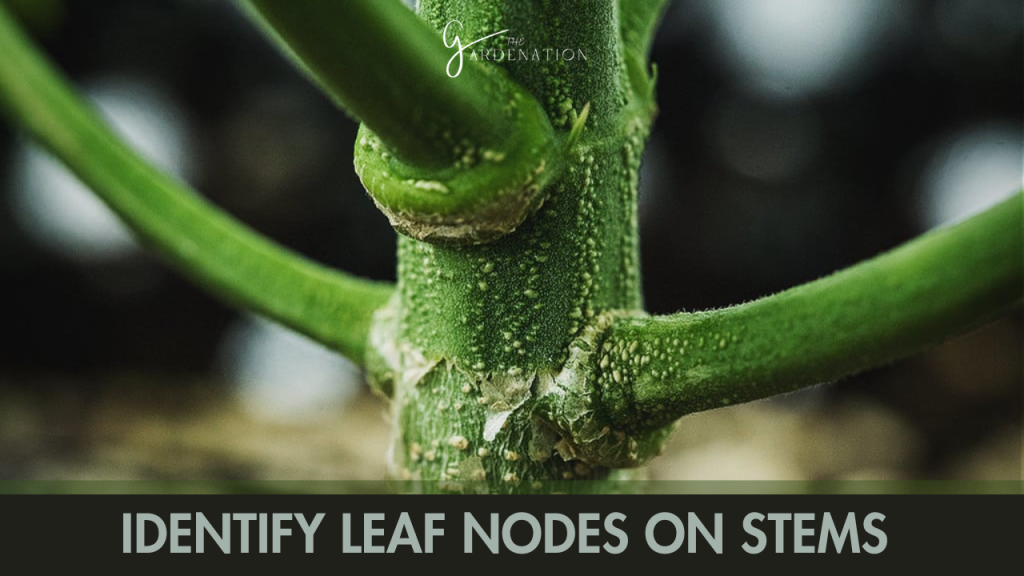
I try to locate joints along trailing stems where leaves emerge. I try making precision cuts just below nodes because it boosts chances of rooting success.
Prepare and Plant Stem Cuttings
I trim stems to desired length, removing lower leaves. I also dip ends optionally in rooting hormone before inserting either in a chosen water vessel or shallow burial in specialized soil.
Provide Consistent Warmth and Indirect Light

New cuttings require protected bright areas away from direct sunlight but warmer than general house temperatures around 70-80° Fahrenheit.
Exercise Patience
I try to resist overhandling tender new propagules over the following weeks. I monitor water quality and soil moisture while allowing sufficient time for new roots to emerge before attempting to transplant.
Care After Propagating Wandering Jew
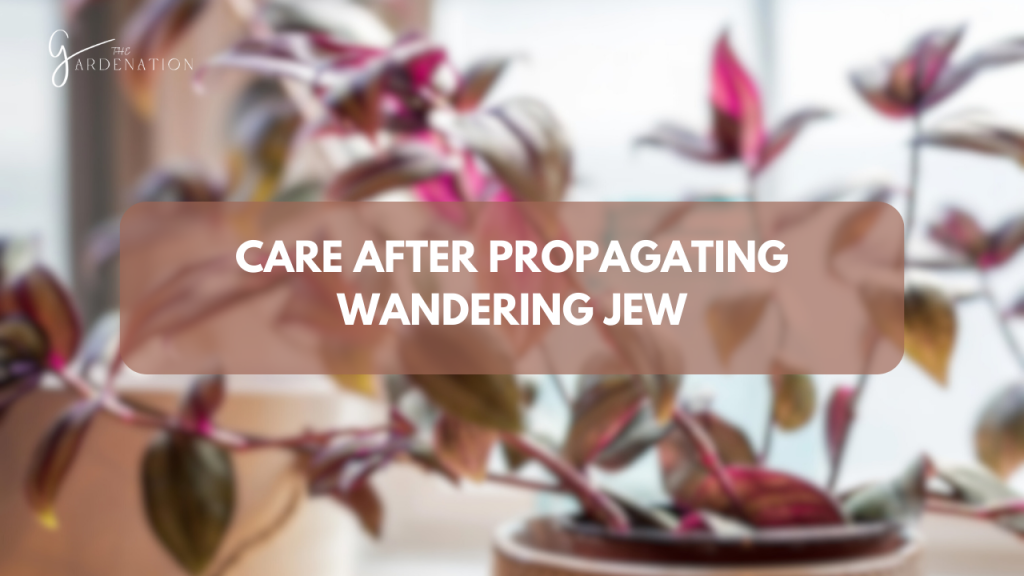
Successfully rooting zebrina cuttings marks just the start of raising vibrant productive houseplants. I pay attention to several key factors to optimize development.
Moderate Light
New and established zebrina plants thrive in indoor settings with ample filtered sunlight from southern or eastern exposures, avoiding direct hot sun which burns delicate foliage. Signs of insufficient light include small leaves, lackluster coloration and sparse growth.
Warmth and Medium Humidity
Sustained temperatures between 65-80°F suit zebrina plants to mimic native subtropical habitats. I pair temperatures over 75°F with 40-50% ambient humidity from humidifiers or pebble trays to prevent leaf tip burn while avoiding chill damage below 50°F.
Quick-Draining Soil
I plant rooted cuttings and mature zebrina specimens in cactus/orchid mixes amended with perlite, vermiculite or bark chunks to prevent potential root rot issues from overwatering. Adding organic material boosts moisture retention in fast-draining blends.
Strategic Watering
I water zebrina whenever the top inch of soil dries out. And I soak pots thoroughly allowing excess to drain fully from holes before returning plants to cache pots. I reduce watering frequency in winter during dormancy to avoid rotting roots unable to uptake excess moisture quickly enough. I also adjust approaches based on vessel material, ambient humidity and growth rate to maintain optimal soil moisture.
Light Feeding
I apply a weak balanced houseplant fertilizer monthly through the growing season for shine and growth. I also discontinue feeding over cooler darker winter months during temporary dormancy.
Frequently Asked Questions About Wandering Jew Propagation
Can zebrina cuttings live indefinitely in water?
Technically yes, but water roots differ substantially from soil roots in structure and function. Water-rooted zebrina requires more frequent nutrition supplementation and proper airflow circulation to uphold long-term health. Soil rooting supports more robust, sustainable specimens better over time.
Why do my zebrina cuttings fail to root successfully?
Propagation struggles frequently stem from unsuitable microconditions regarding warmth, water oxygenation and contamination or imbalances in essential minerals. Review each element of the rooting environment and process to diagnose limiting factors before trying adjustments. Partner cuttings from the same parent plant in multiple scenarios can help deduce optimal mediums.
Conclusion
By concisely surveying key background context before breaking down diverse propagation methods for Wandering Jew alongside follow-up care guidance, I have aimed to fully equip both novice and experienced indoor gardeners to confidently nurture Tradescantia zebrina from parent plant all the way to becoming its own progenitor again for endless plant multiplication cycles. Whether water rooting vibrant purple accent stems or pinning down ropy runners for more prolific plants to share or decoratively trail from hanging pots, mastering zebrina propagation promises abundant returns for very little effort. Welcome these jewels of foliage to cascade through your indoor planting adventures!


One Comment